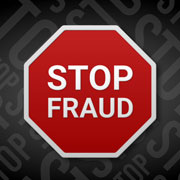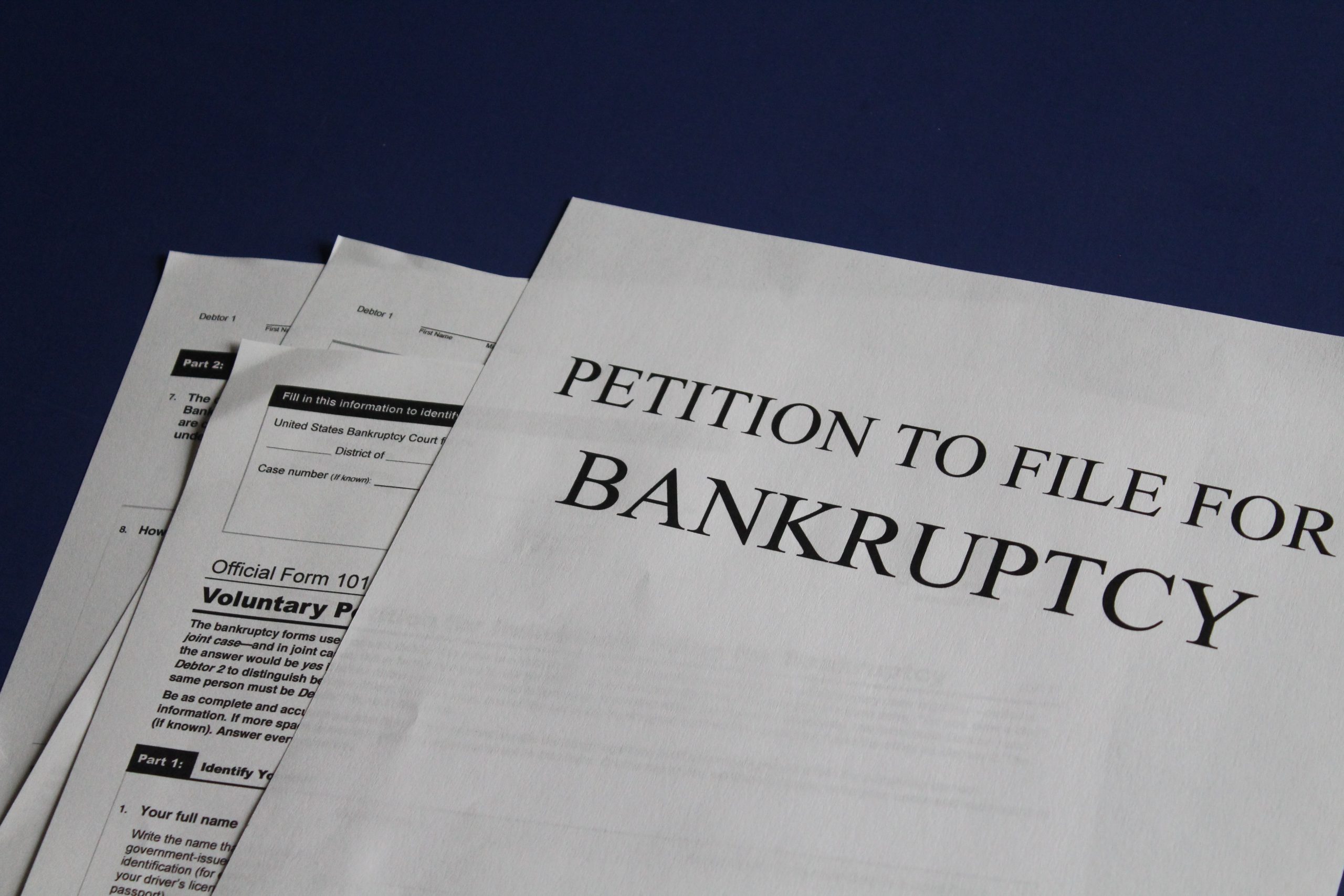

The COVID-19 pandemic has put unprecedented stress on private business owners. Some are now considering selling their businesses before Congress has a chance to increase the rates on long-term capital gains. Before putting your business on the market, it’s important to prepare it for sale. Here are six steps to consider.
1. Clean Up the Financials
 Buyers are most interested in an acquisition target’s core competencies, and they usually prefer a clean, simple transaction. Consider buying out minority investors who could object to a deal and removing nonessential items from your balance sheet. Items that could complicate a sale include underperforming segments,nonoperating assets, andshareholder loans.
Buyers are most interested in an acquisition target’s core competencies, and they usually prefer a clean, simple transaction. Consider buying out minority investors who could object to a deal and removing nonessential items from your balance sheet. Items that could complicate a sale include underperforming segments,nonoperating assets, andshareholder loans.
Sales are often based on multiples of earnings or earnings before interest, taxes, depreciation and amortization (EBITDA). Do what you can to maximize your bottom line. That includes cutting extraneous expenses and operating as lean as possible.
Buyers also want an income statement that requires minimal adjustments. For example, they tend to be leery of businesses that count as expenses personal items (such as country club dues or vacations) or engage in above-or below-market related party transactions (such as leases with family members and relatives on the payroll).
2. Highlight Strengths and Opportunities
Private business owners nearing retirement may lose the drive to grow the business and, instead, operate the company like a “cash cow.” But buyers are interested in a company’s potential. Achieving top dollar requires a tack-sharp sales team, a pipeline of research and development projects and well-maintained equipment. It’s also helpful to have a marketing department that’s strategically positioning the company to take advantage of market changes and opportunities, particularly in today’s volatile market conditions.
3. Downplay (or Eliminate) Risks
It’s no surprise that businesses with higher risks tend to sell for lower prices. No company is perfect, but industry leaders identify internal weaknesses (such as gaps in managerial expertise and internal control deficiencies) and external threats (such as increased government regulation and pending lawsuits). Honestly disclose shortcomings to potential buyers and then discuss steps you have taken to mitigate risks. Proactive businesses are worth more than reactive ones.
4. Prepare a Comprehensive Offer Package
Potential buyers will want more than just financial statements and tax returns to conduct their due diligence. Depending on the industry and level of sophistication, they may ask for such items as:
- Marketing collateral,
- Business plans and financial projections,
- Fixed asset registers and inventory listings,
- Lease documents,
- Insurance policies,
- Franchise contracts,
- Employee noncompete agreements, and
- Loan documents.
Before you give out any information or allow potential buyers to tour your facilities, enter into a confidentiality agreement to protect your proprietary information from being leaked to a competitor.
5. Review Deal Terms
Evaluate different ways to structure your sale to minimize taxes and maximize selling price. For example, one popular element is an earnout, where part of the selling price is contingent on the business achieving agreed-upon financial benchmarks over a specified time. Earnouts allow buyers to mitigate performance risks and give sellers an incentive to provide post-sale assistance.
Some buyers also may ask owners to stay on the payroll for a period of time to help smooth the transition. Seller financing and installment sales also are commonly used.
6. Hire a Valuator
A fundamental question buyers and sellers both ask is what the company is worth in the current market. To find the answer, business valuation professionals look beyond net book value and industry rules of thumb.
For instance, a business valuation professional can access private transaction databases that provide details on thousands of comparable business sales. These “comparables” can be filtered and analyzed to develop pricing multiples to value your business.
Alternatively, a valuation expert might project the company’s future earnings and then calculate their net present value using discounted cash flow analyses. These calculations help buyers set asking prices that are based on real market data, rather than gut instinct. However, final sale prices are influenced by many factors and can be higher or lower than a company’s appraised value.
They can also estimate the value of buyer-specific synergies that result from cost-saving or revenue-boosting opportunities created by a deal. Synergistic expectations entice buyers to pay a premium above fair market value.
Planning for a Sale
Operating in a sale-ready condition is prudent, even if you’re not planning on selling your business anytime soon. Our experiences in 2020 have taught us to expect the unexpected: You never know when you’ll receive a purchase offer, and some transfers are involuntary.
The professionals at Advent can help you prepare for a sale whether in 2021 or beyond.
© 2021, Powered by Thomson Reuters Checkpoint


 Qualified charitable donations can help lower your taxable income as well as support worthwhile causes. However, not all donations are tax deductible. Individuals can deduct them only if they itemize.
Qualified charitable donations can help lower your taxable income as well as support worthwhile causes. However, not all donations are tax deductible. Individuals can deduct them only if they itemize.
 According to the 2020 Report to the Nations, asset misappropriation occurred in roughly 86 percent of the cases. Though misappropriation schemes are the most frequent fraud technique, they resulted in the lowest median loss ($100,000). Conversely, financial statement fraud took place less frequently (in 10 percent of cases), but it had the highest median loss ($954,000).
According to the 2020 Report to the Nations, asset misappropriation occurred in roughly 86 percent of the cases. Though misappropriation schemes are the most frequent fraud technique, they resulted in the lowest median loss ($100,000). Conversely, financial statement fraud took place less frequently (in 10 percent of cases), but it had the highest median loss ($954,000).

 Ambiguous or outdated buy-sells can cause problems when it’s time for a buyout. For example, an agreement containing undefined valuation terminology — such as “earnings” or “value” — may be subject to different interpretations.
Ambiguous or outdated buy-sells can cause problems when it’s time for a buyout. For example, an agreement containing undefined valuation terminology — such as “earnings” or “value” — may be subject to different interpretations.

 Business valuation is a prophecy of the future. That is, investors typically value a business based on its ability to generate future cash flow. However, with so many uncertainties in the current marketplace, forecasting expected cash flow can be challenging.
Business valuation is a prophecy of the future. That is, investors typically value a business based on its ability to generate future cash flow. However, with so many uncertainties in the current marketplace, forecasting expected cash flow can be challenging.





